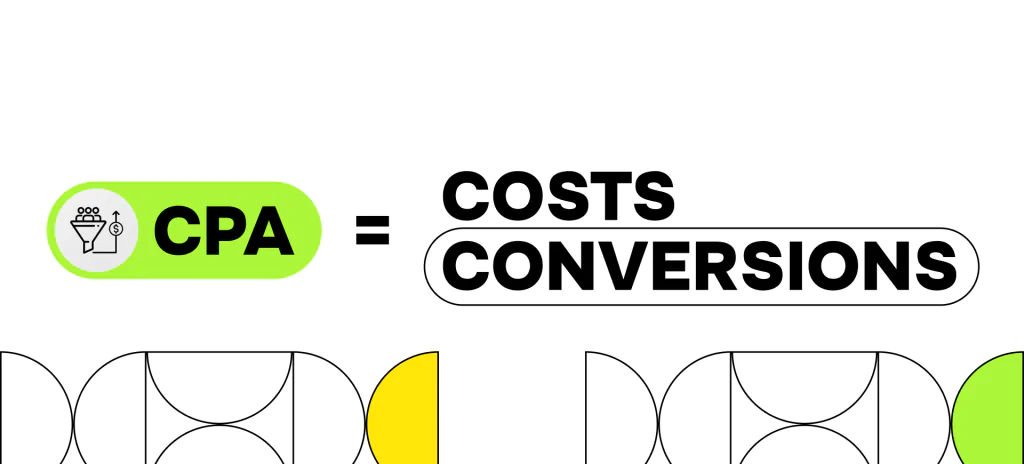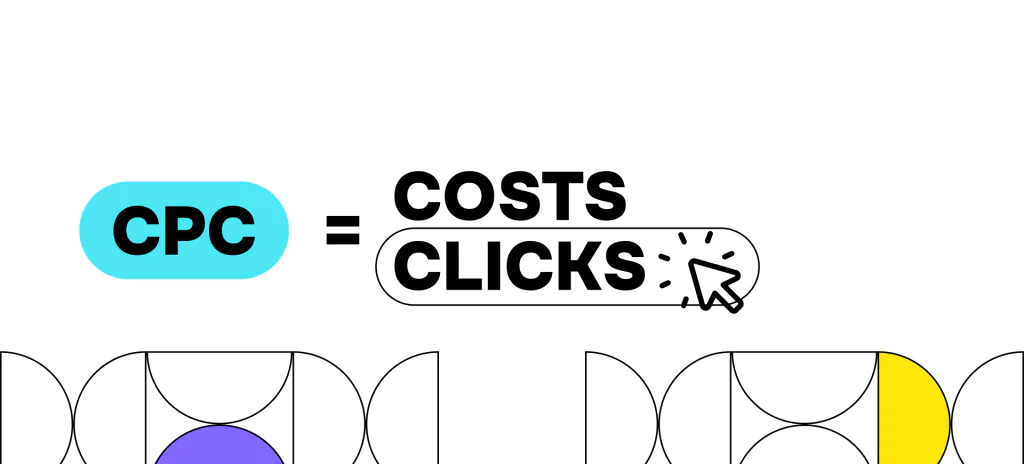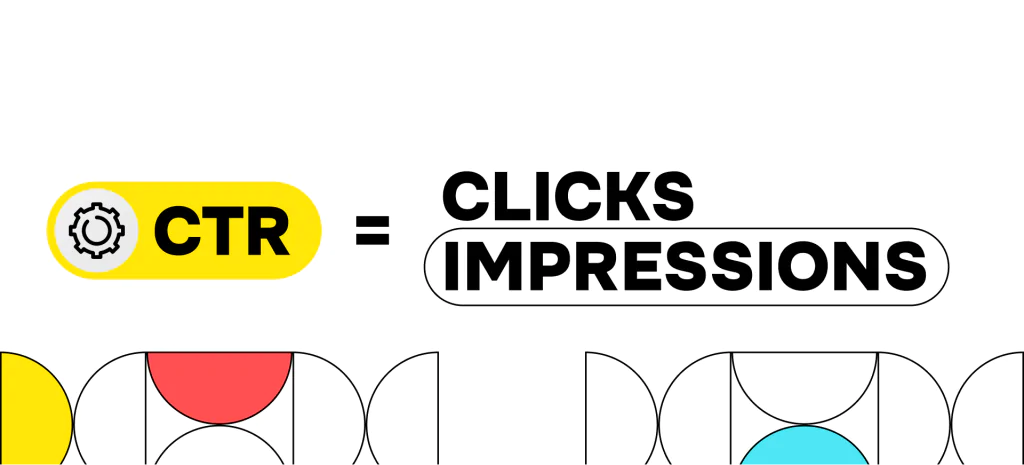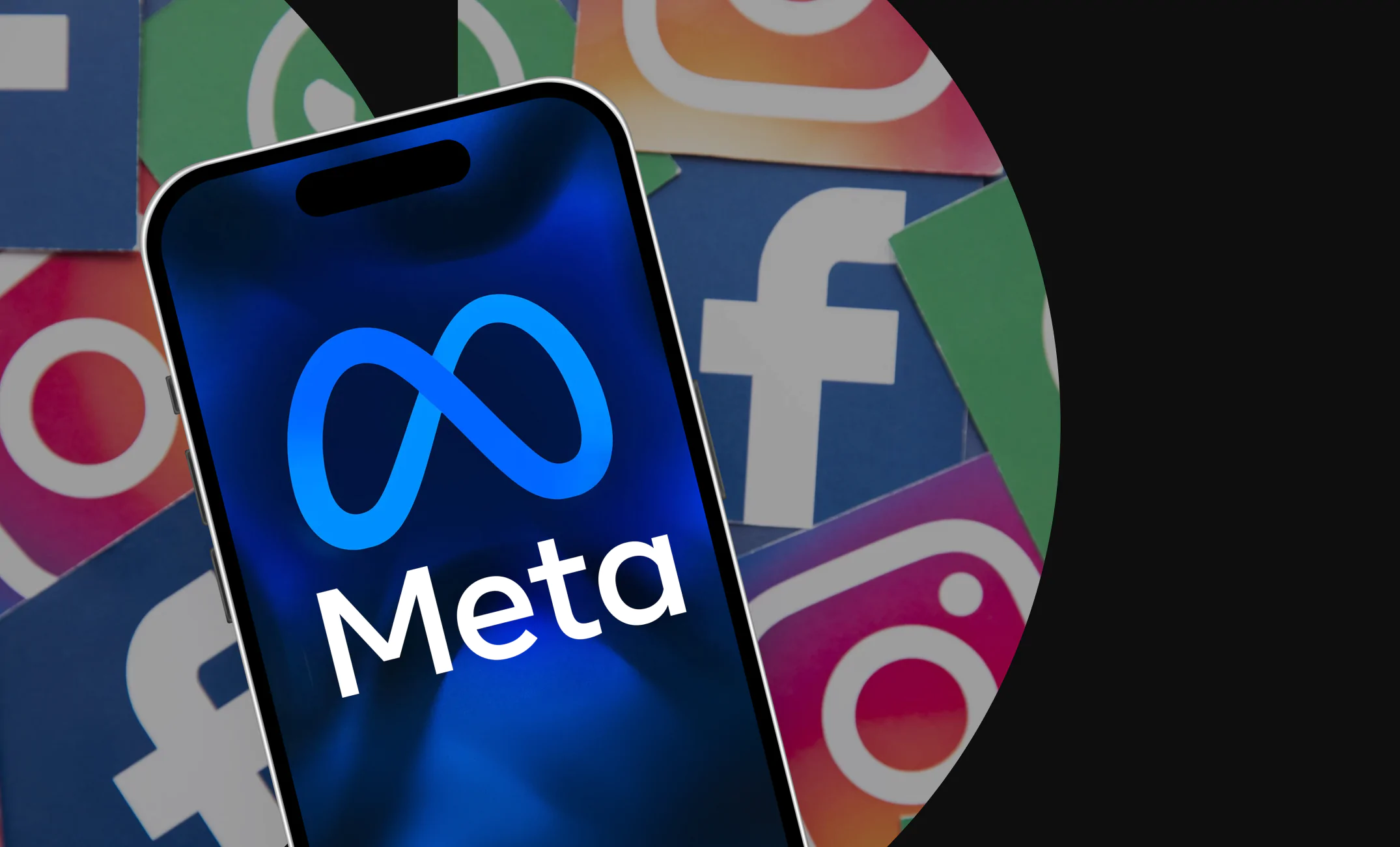If you’ve ever run an online ad campaign, you probably know the feeling: you launch your ad, watch the clicks roll in, and… nothing happens. No sign-ups, no sales, just a bunch of clicks and a dent in your budget. Frustrating, right?
The truth is, great graphics and catchy slogans aren’t enough to make ads successful. What really matters are the numbers behind the scenes. Three key metrics reveal if your campaign is actually working or just wasting money: CPA (Cost Per Acquisition), CPC (Cost Per Click), and CTR (Click-Through Rate).
In this article, you’re going to learn what these marketing metrics mean, how they work together, and how to use them to make your campaigns more profitable.
What are CPA, CPC, and CTR?
Before optimizing these metrics, you need to understand what they mean, so let’s begin from the quick overview.
CPA (Cost Per Acquisition)
Think of CPA as the final price you pay to secure a customer. Getting someone to click or visit your website is just the beginning. The main goal is to make them take action, like buying a product, signing up, or downloading an app. If your ad campaign is a fishing net, CPA is the cost of each fish you catch.
For example, you’re running a Facebook ad campaign to sell a $50 product. You spend $200 on ads and manage to close 10 sales.
To understand your CPA, you simply divide the amount you spent by the number of sales you made.

In this case, $200 divided by 10 equals $20 per acquisition. This means every sale costs you $20 in advertising. If your product brings in $50, you’re making a $30 profit per customer—not bad!
But if your CPA starts creeping up, it’s like paying $40 for that same $50 sale. Suddenly, your margins are tight, and your campaign becomes less sustainable.
So, effective advertising budget optimization helps keep your CPA under control and maximizes your returns.
CPC (Cost Per Click)
If CPA is the cost of catching the fish, CPC is the cost of baiting the hook. CPC tells you how much you’re spending every time someone clicks on your ad. They might not buy anything; they might just browse and leave.

So, let’s say you’re promoting an online store through Google Ads. You spend $150, and 100 people click on your ad. The math is simple: $150 divided by 100 clicks equals $1.50 per click. If those clicks turn into sales, that’s great. But if people click, look around, and leave without buying, you’re just lighting money on fire.
A high CPC can eat away at your budget fast. It’s like paying for a lot of window shoppers who never actually buy anything. To get the most out of your spend, you want those clicks to be both cheap and effective.
CTR (Click-Through Rate)
And finally, CTR is the measure of how many fish are even nibbling in the first place. It tells you how attractive your bait is, meaning how many people are stopping to check it out after seeing it. In a crowded market, a strong CTR means your ad is standing out—it’s interesting enough for someone to pause, click, and explore further.

For instance, say your ad is displayed 1,000 times and 50 people click on it. You divide the number of clicks by the number of times it was shown and multiply by 100 to get a percentage. In this case, it’s 50 divided by 1,000, which equals 5% CTR. That’s a sign that your message is connecting with your audience.
But a high CTR is only valuable if those clicks turn into real results. If people are clicking out of curiosity and not converting, you’re just paying for traffic that goes nowhere.
To achieve advertising profitability, CTR needs to be paired with smart targeting and a solid landing page.
How are these metrics connected?
Here’s a breakdown of their roles and connections:
| Metric | Definition | Role in campaign | Impact on other metrics |
| CTR | The percentage of people who click on your ad after seeing it. | Shows how attractive your ad is to your audience. | A high CTR often leads to lower CPC because ad platforms reward engaging ads. More clicks also mean more chances for conversions, potentially lowering your CPA. |
| CPC | The amount you pay each time someone clicks on your ad. | Reflects how much it costs to get people to your site. | A lower CPC allows you to drive more traffic for the same budget, which can reduce your CPA if conversions stay consistent. |
| CPA | The cost required to get one paying customer or lead. | Measures how efficiently your ad spend turns into sales. | If your CPC is high or your CTR is low, your CPA goes up because you are spending more to acquire each customer. |
When these metrics work together smoothly, your campaigns are efficient and profitable. If one is off, it disrupts the whole flow.
For example, if your CTR is low, not enough people click, meaning fewer potential buyers. This forces your CPA up, as you need to spend more to convert the limited traffic.
On the other hand, if your CPC is high, you’re paying too much for each click, which also drives up your CPA, even if your CTR is good. The goal is to keep your CTR and CPC low to achieve a lower CPA.
Practical ways to improve your metrics
Even small tweaks can have a big impact on your ad performance, and knowing where to focus your efforts is key.
- Craft scroll-stopping ads that get clicks
Your ad creative is your first handshake with the audience, and a well-crafted headline is your first point of contact. It should be direct, benefit-focused, and speak to the needs or desires of your audience.
For instance, a campaign run by EmberTribe focused on sharper messaging and stronger CTAs, resulting in a quadrupling of leads. The change was simple: they moved from generic headlines to specific, action-oriented ones.
Visuals also play a critical role. High-quality images and short, engaging videos increase the likelihood of a click. Facebook reported that ads with video content have 1.81x higher CTR compared to static images. Interactive elements, like carousels or GIFs, can also boost engagement.
Quick tips to improve CTR:
- Use action-driven headlines (“Get 20% Off Today!”).
- Include clear, strong CTAs (“Learn More,” “Shop Now”).
- Experiment with visuals: videos, carousels, or interactive content.
- Test different approaches—sometimes a slight color change can make a difference.
- Reach the right people with smarter targeting
Lowering Cost Per Click is not just about bidding lower; it’s about refining who sees your ads.
An example comes from Local Brand Advisor, which revamped its targeting strategy by narrowing its audience based on user behavior and interest segments. They focused on people who were actively searching for solutions, rather than casting a wide net. As a result, every click was more likely to convert, lowering overall costs.
A few tactics that work:
- Refine audience segmentation: focus on users who have already interacted with your brand or shown interest in similar products.
- Adjust keyword strategies: go after high-intent keywords with less competition.
- Use negative keywords: this prevents your ads from showing for irrelevant searches, saving budget.
- Make every click count
Reducing Cost Per Acquisition demands a seamless path from click to conversion. A good example is Cola Digital, which optimized its landing pages and ad targeting for a CBD products campaign. By streamlining the user journey—faster load times, clearer CTAs, and more compelling offers—they managed to reduce CPA by 47% in just 30 days.
Here’s what worked for them:
- Landing page optimization: fast, mobile-friendly, and clear about the offer.
- A/B testing: small changes in button color or headline copy improved conversion rates.
- Retargeting strategy: people who visited but didn’t convert were shown follow-up ads, reminding them of the product.
Retargeting is particularly effective because it re-engages people who showed interest. Facebook studies reveal that retargeted ads are 76% more likely to be clicked compared to first-time displays.
How do these metrics affect your profit
Numbers tell the story better than theory.
So, you’re running a paid ad campaign with a budget of $1,000. Your average CPC is $2, and your CTR is 3%. That means for every 100 ad impressions, 3 people click. With a $1,000 budget at $2 per click, you get 500 clicks.
Now, let’s say your landing page converts 2% of those clicks into sales. That gives you 10 sales total.
So, how do the metrics look?
- CPA = $1,000 / 10 = $100 per acquisition
- If your product sells for $50, you’re losing $50 on every sale.
Clearly, that’s not sustainable. But what if we optimize?
Scenario after optimization
You improve your CTR from 3% to 4% by testing stronger creatives and refining your messaging. You also reduced your CPC from $2 to $1.50 by narrowing your audience and using better targeting. The conversion rate on your landing page stays the same—2%.
With the same $1,000 budget:
- New number of clicks = $1,000 / $1.50 = 666 clicks
- New impressions = 666 / 0.04 = 16,650
- New conversions = 666 * 2% = 13 sales
- New CPA = $1,000 / 13 = $76.92
You’ve gone from losing $50 per sale to losing $26. But we’re not done yet. Now you A/B test your landing page and bump your conversion rate from 2% to 3%.
Same $1,000 budget, same improved CPC and CTR:
- Clicks = 666
- Conversions = 666 * 3% = 20 sales
- CPA = $1,000 / 20 = $50
Now you’re breaking even. If your product has any upsell, repeat purchase, or retention value, you’re in profit.
Optimizing just two metrics—CTR and CPC—while keeping everything else the same, already brings down your CPA significantly. And when you improve conversion rates even slightly, your campaign crosses the break-even line and becomes profitable.
The key takeaway: even modest gains across your metrics stack up. Focus on improving each one by 10–20%, and your overall ROI can double.
Conclusion
The key is balance. Adjusting one metric often impacts the others. The better you understand these connections, the more control you have over your marketing budget.
If you want to elevate your campaigns, start by analyzing these digital marketing metrics. Identify weak spots, make targeted improvements, and watch as even small changes create big results.
Want to see real growth and unlock the power of data-driven marketing? Join mr.Booster and launch campaigns that drive real results. Your next big win starts with us!


